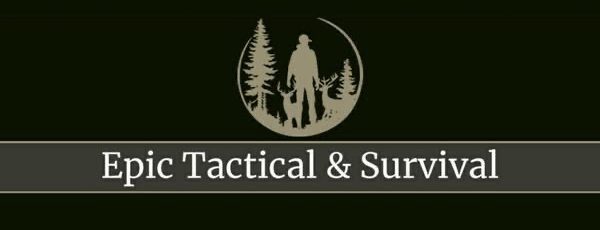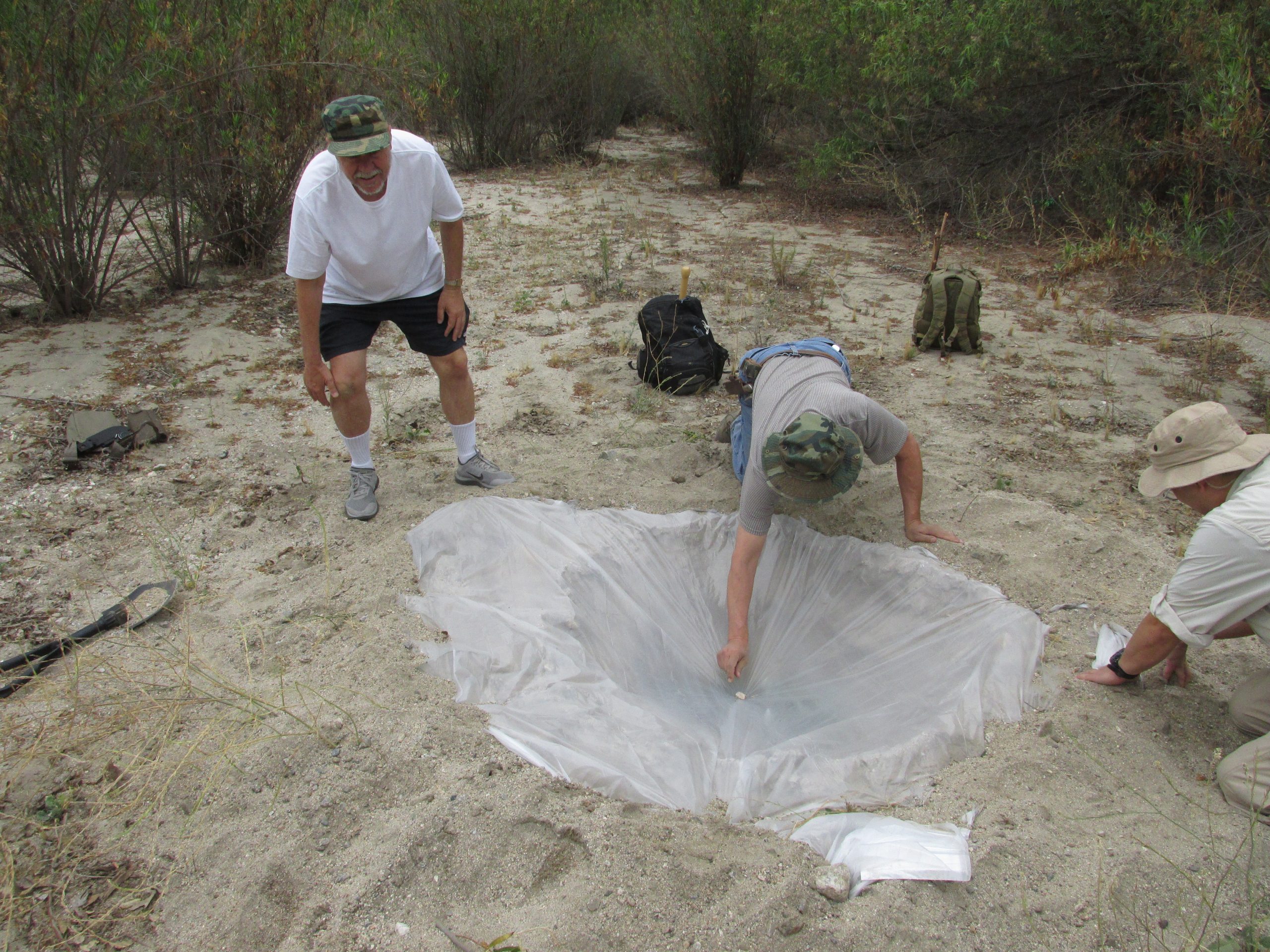OLD HUSBANDS TALES
Some are false, some have truth buried inside
Christopher Nyerges
[Nyerges is the author of “How to Survive Anywhere” and other books. He has been teaching survival and self-reliance skills since 1974. For more information, go to www.SchoolofSelf-Reliance.com.]
Every aspect of life is filled with axioms and truisms. Some are worth living your life by, and others are less reliable. And the thing is, the less-reliable axioms usually have a kernel of truth buried inside. Here are some of the outdoor-related sayings that we hear all the time. We hear some of these so often that we tend to think they must be true. But, most of these are not true, despite the kernel of truth often buried inside. Let’s separate myth from fact.
All rivers lead to civilizations.
If you’re lost, follow the river downstream. We’ve heard it so often and we’ve seen it in movies. However, it’s simply not so! The reason you hear it repeated so often is that sometimes the river will get you to a village or a town.
The north star is the brightest star in the sky.
If you’re lost, you can find the north if you can find the north star, which is the brightest star in the sky, right? If you find the brightest star in the sky, you’ve found Sirius, not the North Star. The north star is actually the 48th brightest star in the sky, and if you don’t know how to find it, you should consult a star chart.
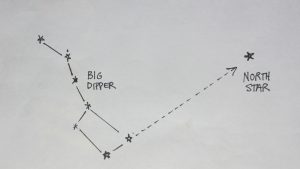
Moss always grows on the north sides of trees.
When I was first studying survival in high school, one of my teachers was Abbie Keith, who was head of the Sierra Madre Search and Rescue team at the time. He would ask us if moss grows on the north side of trees, and most of us said yes. He’d laugh and say, yes it does, but it also grows on the east side, the west side, and the south sides of trees. Moss needs shade and moisture and it will grow there the shade and moisture is greatest. Often, this is the north side of a tree, or a rock, or a barn, but not often and precise enough for this to be a good tool for navigation.
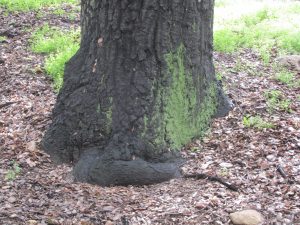
Woodpeckers make their holes on the east sides of trees.
Yes, this is true, but they also make their holes everywhere else on the tree. You cannot use woodpecker holes for any sort of practical natural navigation.
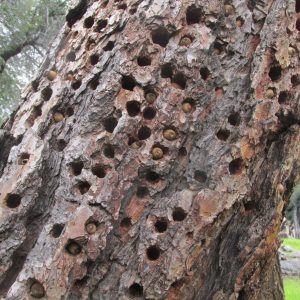
A compass points to the north pole.
When people say this, they are referring to the magnetic compass needle, and they assume it points to the north pole, or true north. In fact, the compass needle points to magnetic north, which is not the same as true north. Every topographical map tells you the difference between true north and magnetic north so you can compensate – this compensation is known as the declination. However, if you happen to be in the line where true north and magnetic north coincide, your compass needle will indeed coincidentally point to the true north.
All water can be purified by boiling.
When you boil water, the temperature of boiling (212 f.) kills everything alive in the water that can make you sick. It’s true that all biological contaminants in the water that can get you sick are killed off by the time the water reaches about 170 f. However, boiling will generally have no effect on salt water, nor unwanted chemicals or solvents that have gotten into the water.
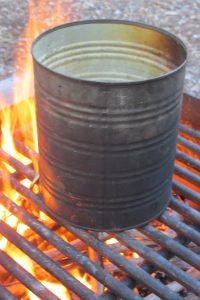
You can fill your canteen with water from a cactus.
I’ve actually seen a picture of someone shoving a spigot onto a barrel cactus and turning it on to fill their canteen. Of course, that’s mythology. There is water in cacti, for sure, but it’s stored in the flesh of the cactus. You can eat your water, and it’s often very slimy and gooey, but it isn’t in a form where you can just fill your canteen.
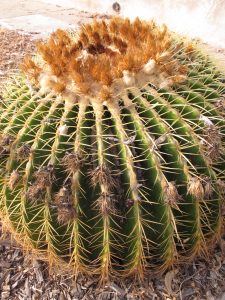
Water that is clear, cold, and flowing is safe to drink without treatment.
Though we’d like this to be so, it just isn’t always true. Water that is moving, and moving over sands, has an ability to self-purify, but this depends on what all might be present in the water. In fact, stagnant waters can be very safe in some cases, so the flow of water is only one of many factors that makes the water safe or not.
The desert solar still is an unreliable way of getting water.
Sometimes, you get no water when you set up a solar still. I have certainly had my share of this frustration, even when I dug in a dry river bed. But I’ve also gotten water so many times from doing this that I know that success is a matter of where I dig the hole, time of year, location, and other factors. Also, though much has been said and written about the vast amount of work that it takes to dig the hole, it’s never taken me more than an hour to dig the hole. And then, you just wait. You can leave that hole with its cover in place indefinitely if it’s actually giving you water.
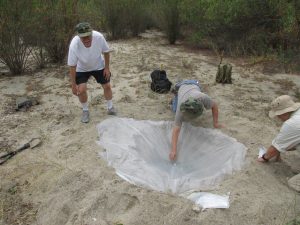
You can always dig for water.
This is true! You can always dig…. But you won’t always reach water! I’ve dug small wells many times and many times had all the water we needed for several days. However, water is either underground, or it isn’t. And when it isn’t, you’ll just need to find your water elsewhere.
You can make a fire by hitting two rocks together.
I have heard this many times from people who remember something like this from childhood but they can’t remember any details. You cannot get a fire by hitting two pieces of flint, or chert, or quartzite together. However, if one of the rocks is marcasite, and the other is flint, you actually might get enough of a spark to ignite some charcloth.
People go crazy and commit more crimes during a full moon.
Well, is that an old wives tale, or an old husband’s tale? We’ve heard it a lot. Some studies debunk this idea, saying that there is no clear correlation between the full moon and crimes, except that there is more light to commit crimes during that time.
Low barometric pressure increases the crime rate.
Barometric pressure is low when a storm is nearing, or present. Studies have shown that there is an increased feeling of restlessness and frustration, trouble concentrating, and quarrelsomeness during low barometric pressure. A study that was done of police records of major cities – including New York, Los Angeles, Chicago, and New Orleans – showed that there was an increase in violence – including suicide – when the barometric pressure fell below 30 inches. So we know there is a correspondence between violence and low barometric pressure, but no one can say for certain that the low barometric pressure caused the violence. For example, those who felt particularly frustrated about their job during these times might consider getting a different job.
Wool will keep you warm even when wet.
Not quite. Wool is an excellent natural fabric, which is also somewhat fire-retardant (that’s why many fire departments used to use wool garments, until they came up with better synthetics). Wool has hollow follicles, and the air trapped therein will allow the wool to insulate you even when wet. By contrast, cotton has no insulating value when wet. But does wet wool actually keep you warm? That depends on many factors, such as air temperature, wind, etc. In general, though there is still insulating value, wool has no magical quality to produce heat – all it can do is trap your own body heat.
These are just a few Old Husbands’ tales. Can you think of more?
[Christopher Nyerges is the author of “How to Survive Anywhere,” and other books. He has led outdoor field trips since 1974, and can be reached at www.SchoolofSelf-Reliance.com]
PHOTOS BY NYERGES:
AS-star: Drawing of finding the north star.
AS-Moss: Moss on an oak tree – on the northwest portion.
AS-woodpecker: Woodpecker holes on the west side of a pine tree.
AS-Boil: Boiling water kills only biological contaminants.
AS-Barrel: You cannot get water from a barrel cactus.
AS-Still: The desert solar still could be, and might not be, a good source of water.
AS-Book: Books by Nyerges.
